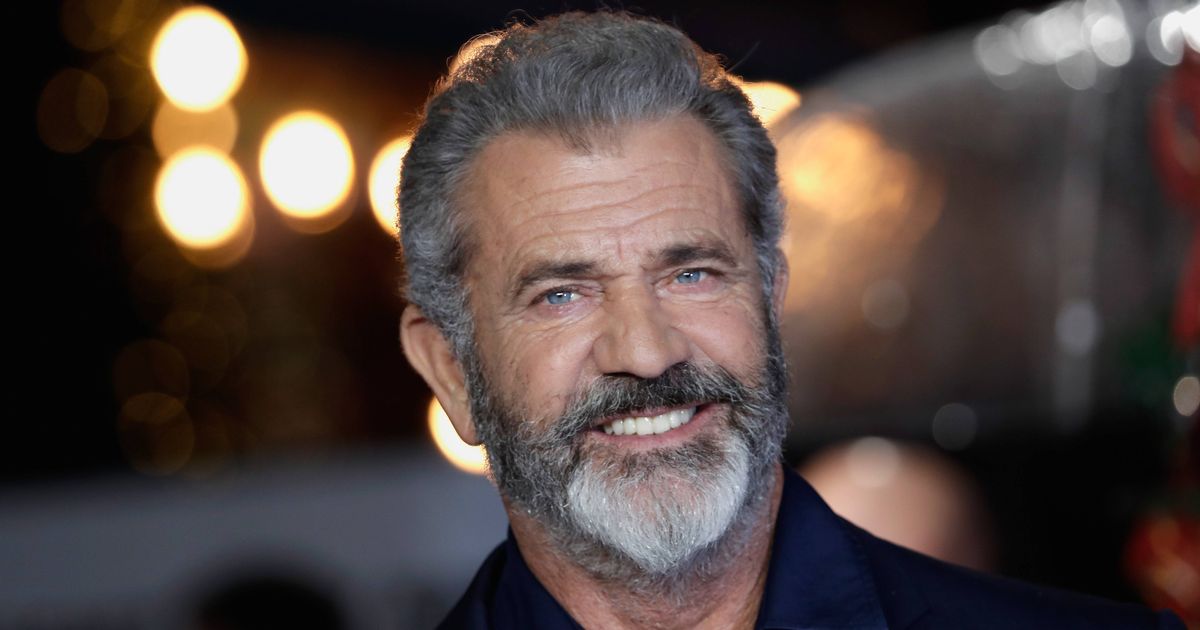The Hollywood icon reacted positively to the news that his iconic Braveheart film has inspired the building of the Stirling Studio complex on the 30th anniversary of the blockbuster film. Actor Mel Gibson(Image: Getty)
Actor Mel Gibson(Image: Getty)
Mel Gibson has hinted that he could film at Scotland’s newest movie studio… if the price is right.
The Hollywood icon reacted positively to the news that his iconic Braveheart film has inspired the building of the Stirling Studio complex on the 30th anniversary of the blockbuster film.
Gibson, 69, told The Record: “It’s crazy to think Stirling will have a big studio with big sound stages and everything 30 years after I made Braveheart. I certainly hope they’ll have decent incentives there.”
The legendary star, who played William Wallace, premiered the film at Stirling’s Macroberts Arts Centre in September 1995.
This month has seen a series of events in Stirling celebrating the film.
Built on former MoD land, Stirling Studios spans 210,000 square feet, which will make it one of the biggest film studio campuses in Scotland.
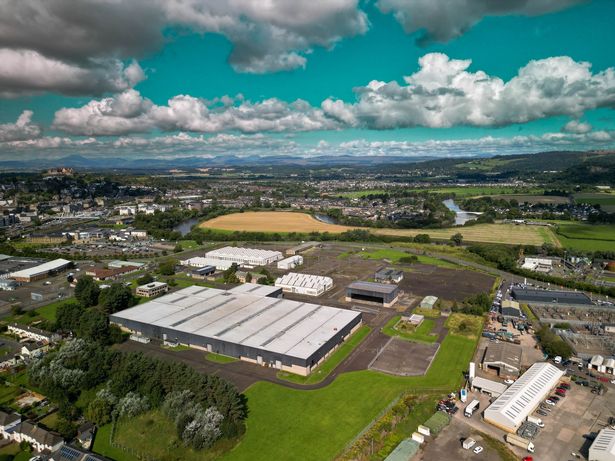 Stirling Council expects the studios to pave the way for thousands of high-skilled jobs as well as major economic benefits(Image: Christopher Jackson Drone Videography & Photography.)
Stirling Council expects the studios to pave the way for thousands of high-skilled jobs as well as major economic benefits(Image: Christopher Jackson Drone Videography & Photography.)
It could pave the way for thousands of high-skilled jobs.
Thrilled over the news that he has helped inspire the studio and the boost to tourism in the area, Gibson says the studio could help Scotland capitalise on Hollywood’s decline.
The actor and director, who is currently in Italy for the making of his latest epic, The Resurrection of The Christ, said: “You think, what’s Hollywood? Where is it? Who are they? I mean it’s nothing anymore. You go there and it’s not happening. That industry is atrophying.
“What once was the mecca of filmdom is now a shambles.
“The incentives to work there are not good.
“The workforce has left for greener pastures. They’ve taken their talents elsewhere.
“The economy is terrible after those fires and everything. It really messed things up too.
“It’s a confluence of all sorts of horrors.
“It’s now up to the rest of the world to make good art, cinematically.”
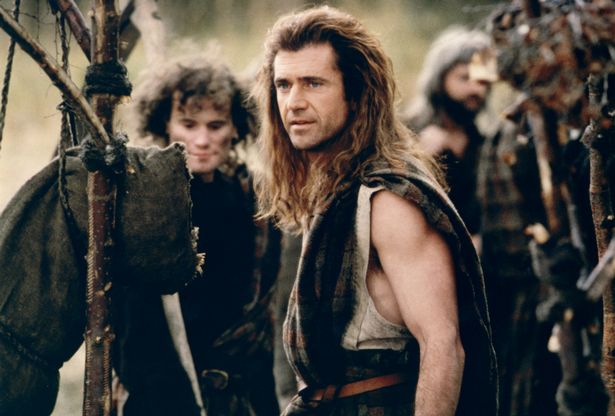 Stirling which has served as a filming location for several iconic films including Braveheart has now been named among the UK’s most popular filming locations(Image: Sunset Boulevard/Corbis via Getty Images)
Stirling which has served as a filming location for several iconic films including Braveheart has now been named among the UK’s most popular filming locations(Image: Sunset Boulevard/Corbis via Getty Images)
Stirling Council Leader Gerry McGarvey said: “It’s astonishing, that 30 years on, Braveheart remains a key driver for visitor numbers to the National Wallace Monument, Stirling and Scotland.
“As we celebrate this milestone, it’s fitting that we are progressing with the exciting and transformational Stirling Studios project.
“This means in the future we will be able to host high-end productions such as Braveheart here in Stirling, delivering significant economic benefits in another key sector of the Scottish economy.”
Gibson added: “We made a film in Vegas and needed a day of reshoots and I thought, we’ll do it in LA, but it was cheaper to take the whole crew and fly them all to Bulgaria.
“We housed and fed them for three days and nights and flew them all back. It was less expensive to do that than to shoot for one day in LA. That tells you something.”
His latest film, a sequel to 2004’s blockbuster The Passion of the Christ, is
being made at Rome’s Cinecitta Studios.
Dubbed Hollywood on the Tiber, Cinecitta is where over 3,000 movies have been made by the likes of Federico Fellini, Sergio Leone and Martin Scorsese.
Gibson said: “This is a big one. It’s a monster, but I’m up for it.
“You’re going to see demons and angels and everything else. I don’t think I’ll ever get this big again. I’ll stick to drawing room comedies after this.”
The story, spread over two films, will take eight months to complete.
He said: “It’s a kick in the pants, but that’s good. Go big or get out, right?”
Unlike Braveheart, he’ll remain behind the camera.
Gibson said: “I would never do that again because Braveheart damn near killed me.
“I was 38 years old and I said, ‘I’m not doing that again’. It gave me grey hair.”
He also ruled out a sequel to Braveheart.
“I don’t think so because I kind of did it,” he said. “But it’s an interesting and complicated history.
“From what I read in history books it was a real clusterf***k.
“There was every degree of allegiance and they were all out for themselves, almost like mafia.”
 BRAVEHEART MEL GIBSON
BRAVEHEART MEL GIBSON
On playing Wallace, he added: “He’s an archetype. I liked the place and the time and the conflict and the people.
“Nobody had gone there as far as filmmaking went
“I’d never seen anything like that kind of story in that part of the world at that time. I thought it was an interesting area to go into.”
The film earned him five Oscars including Best Director and Best Picture, but Gibson says he fell victim to Hollywood rivalries.
He said: “It was very strange. The screenplay was at MGM/UA and I’d read it about two years before. I couldn’t get it out of my head.
“It evolved to the point where I thought, ‘I have to shoot this’.
“Alan Ladd, Jr, who was the executive in charge of that script, got the golden handshake from MGM UA.
“He took off with three scripts. Braveheart, the Brady Bunch, and some other B-title and he got an indie production deal at Paramount precisely at the point when I decided I wanted to do it.
“I asked to direct it and MGM/UA heard about it and they got pissed off.
“They said to their guys, ‘Get in the vault and find me some Scottish movie and we’ll do it real cheap and nasty. We’ll do it before Braveheart comes out’.
“Nobody was doing anything in that area of Scottish history. All of a sudden there was Rob Roy, which was this real piece of garbage.
“It was an ordinary film. They started filming after us, even used some of our sets and bought some of our stone. It was crazy.
“They started a month after us, they finished a month before us, and they released a month before us. It was a real play.
“They even had articles in the LA newspapers where people who hadn’t seen our film were trashing it and saying, ‘This is better’.
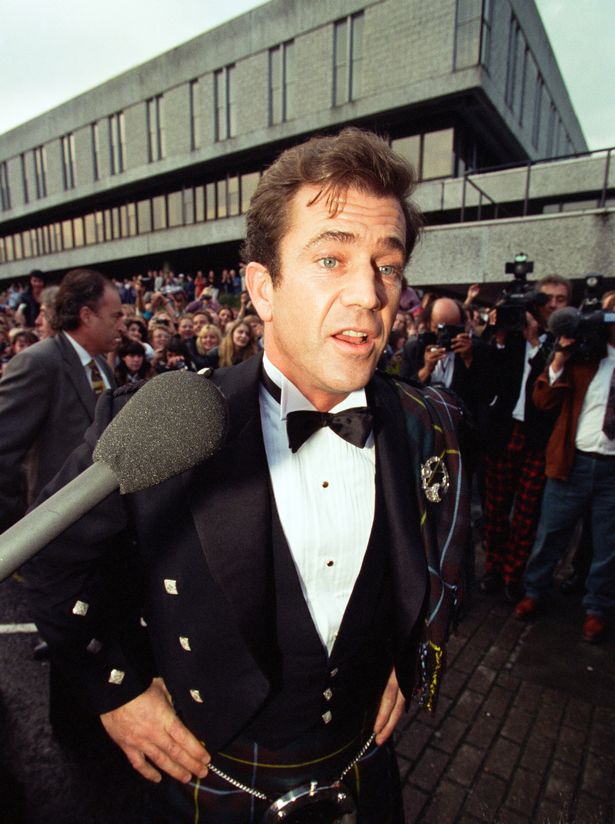 Mel Gibson attends the premiere of Braveheart in Stirling on September 3, 1995(Image: Mirrorpix)
Mel Gibson attends the premiere of Braveheart in Stirling on September 3, 1995(Image: Mirrorpix)
“There was an agenda because somebody’s nose was out of joint.
“Because Rob Roy wasn’t very good it killed our box office a bit in the cinemas in the US.
“It should have done better because it was released on Memorial Day. It did all of $75 million at the box office in the US, and that fell short of where I thought it should have been.
“But it did okay in the rest of the world. It did about $230 million or something, which was respectable.
“Afterwards, it was a record-selling VHS.”
He added: “We spent about six weeks filming Braveheart in Fort William. I really loved it there. I was in a B&B eating haggis and eggs for breakfast.
“I remember waking up one morning and there was somebody on the pipes out there in the fog and there were deer running around and stuff.
“So, it was kind of a magical time.
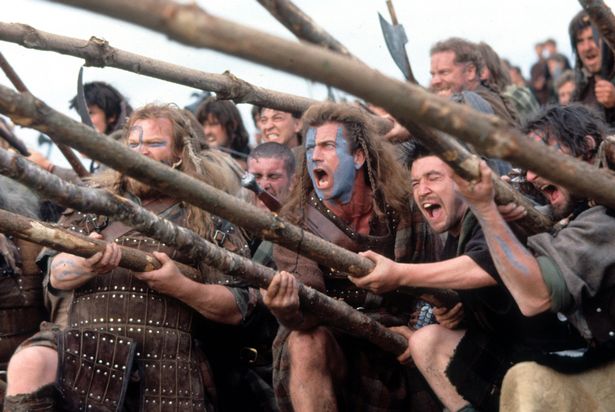 In the film, Wallace sets out to battle King Edward I of England, who killed his bride a day after their marriage(Image: Getty)
In the film, Wallace sets out to battle King Edward I of England, who killed his bride a day after their marriage(Image: Getty)
“I enjoyed making the film immensely. It was hard work, but the Scottish portion of the filming was at the beginning of the shoot when I had more energy.
“It’s usually about eight weeks before you start to really feel it. After about eight seven-day weeks and getting hung, drawn and quartered.
“But I have good memories. I just remember that it was a monumental thing.
“It felt like being dropped in the middle of the ocean, taking a stroke at a time until you hit land, and that’s when you’re finished.
“Some days we had 3000 people on the set with the crew and all the extras. Everybody had to get fed.
Join the Daily Record’s WhatsApp community here and get the latest news sent straight to your messages.
“I knew it was a big thing. I was so involved and immersed in it that I didn’t see the forest for the trees sometimes. And it took a while. The Stirling battle scene alone was half-a-million feet of film.
“Fortunately, I had a good editor when we crawled out of the slime.”
